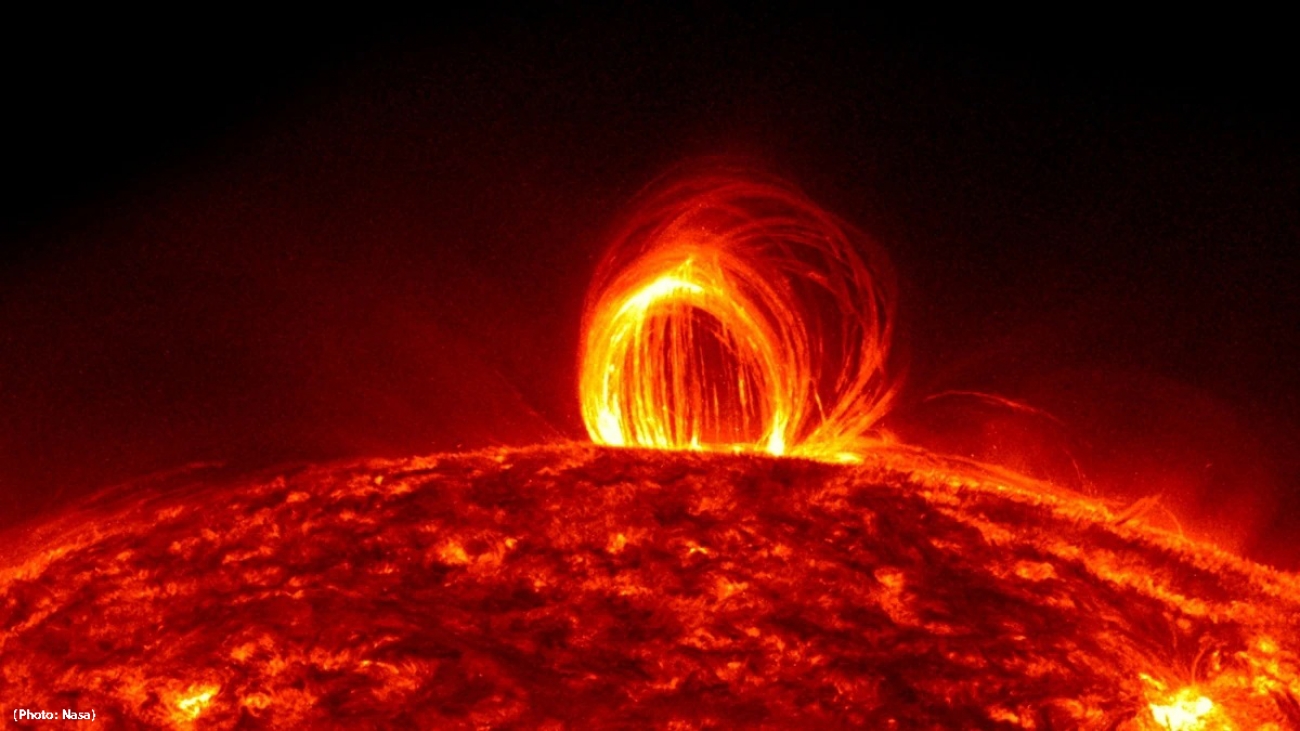The increased level of the soft X-ray and extreme ultraviolet radiation results in the ionization of the lower layers of the ionosphere on the sunlit side of Earth. Under normal conditions, the high frequency (HF) radio waves can support communication over long distances by refraction via the upper layers of the ionosphere during the day and night (Fig.1 and Fig.2).


When a strong enough solar flare occurs, ionization is produced in the lower D-layer. The radio waves that interact with electrons in this layer lose energy due to the more frequent collisions occurring in its higher density environment. Due to HF radio signals degrading or absorbing, the radio blackout – the absence of HF communication- primarily impacts the 3 to 10 MHz band (Fig.3), but in some extreme cases, 30 MHz might affect the blackout for several minutes (Fig. 4).


The solar flares usually occur in active regions, which are areas on the Sun marked by strong magnetic fields, typically associated with sunspot groups. As these magnetic fields evolve, they can reach a point of instability and release energy in various forms. These include electromagnetic radiation, which is observed as solar flares.



